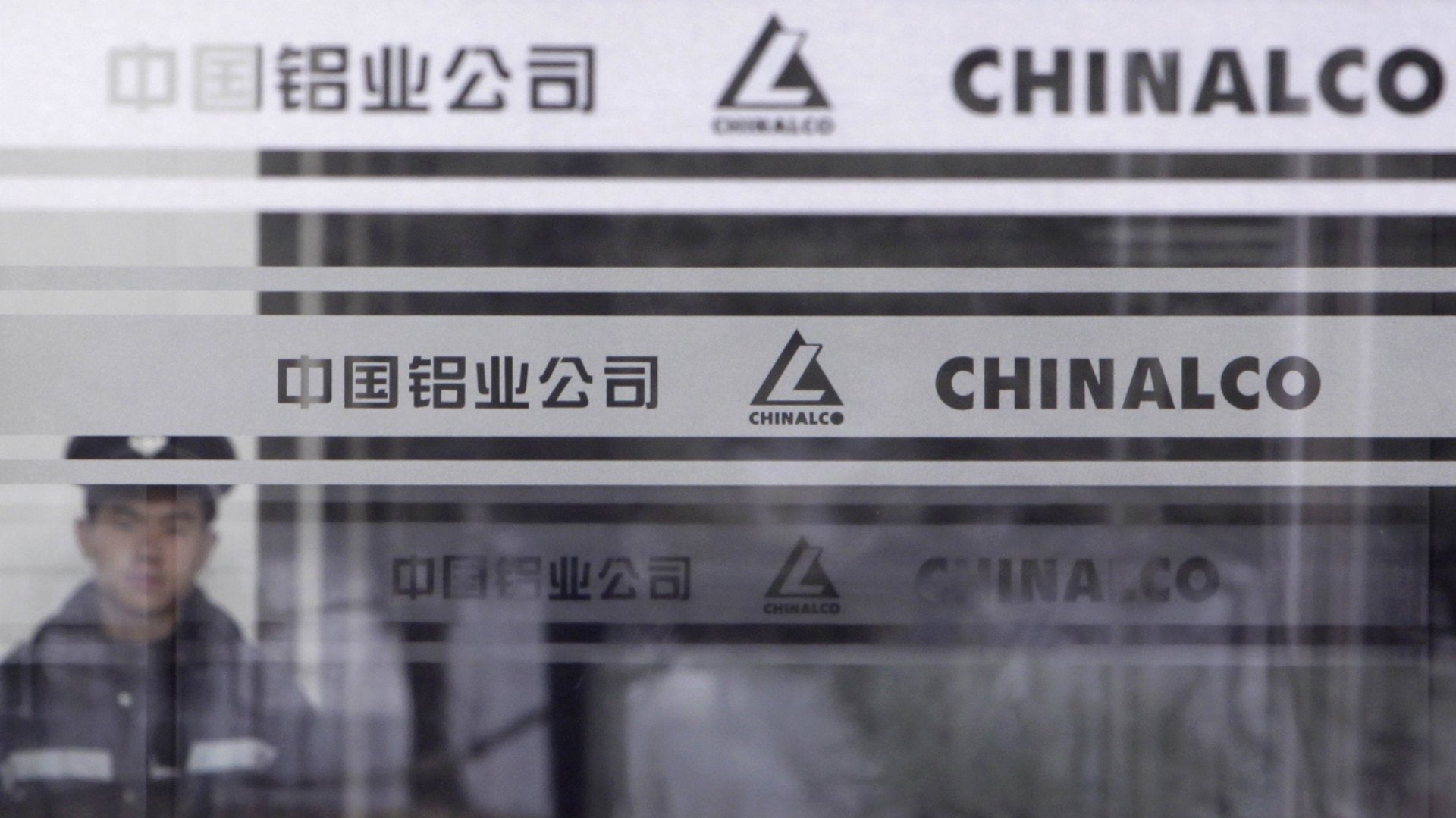Six countries would like to know how this Israeli billionaire earned 15 times his investment in Guinea
A US-European probe of one of the most lucrative metals ventures in recent years is heating up, with indications that some of the evidence may have gone missing. US and European authorities are investigating the role of Israeli gem billionaire Beny Steinmetz in a Guinean iron-ore deal that swelled more than 15 times in value—to $5 billion—in just two years.


A US-European probe of one of the most lucrative metals ventures in recent years is heating up, with indications that some of the evidence may have gone missing. US and European authorities are investigating the role of Israeli gem billionaire Beny Steinmetz in a Guinean iron-ore deal that swelled more than 15 times in value—to $5 billion—in just two years.
Steinmetz’s PR firm and lawyer did not respond to emails requesting comment about allegations of bribery, but in the past he has vigorously denied wrongdoing and chalked up his good fortune in the West African country to aggressive investing (here is a terrific account of the deal).
The most recent action in the case has centered on Europe. Over the last two weeks, French and Swiss authorities have raided (paywall) two offices, a home and a jet belonging to Steinmetz or people close to him. A person close to the investigation told Quartz that agents found no files or emails in the key years prior to 2009 when the Guinea deal was negotiated and closed.
“The office staff said all the files had been shipped to Guernsey,” said the person, who asked not to be identified because he had no permission to speak to reporters. He added, “The hard drives had been tampered with.” BSG Resources (BSGR), the parent company of Steinmetz’s empire, is headquartered in Guernsey, a tax haven in the British Channel Islands. The island’s Financial Investigation Unit has said it is probing BSGR.
At issue is a metals coup that stands out even in the regularly eye-popping world of mining profits. In 2008, Guinea handed over half-ownership of Simandou, the largest virgin iron-ore deposit on the planet, to the 57-year-old Steinmetz, the scion of a family diamond empire said to be the richest man in Israel.
The first trouble was that the share at the time belonged to Anglo-Australia’s Rio Tinto, which bitterly complained that it had been expropriated while Guinea said the company had been too slow at developing the mine. Rio Tinto was left with the other half of Simandou.
Two years passed and Steinmetz invested $160 million in Simandou. Then, in 2010, he sold 51% of his holding to Brazil’s Vale for $2.5 billion, or more than 15 times his investment. That transaction put the value of the total BSGR share at about $5 billion.
A year later, Rio Tinto paid the government $700 million in order to retain its share, which again seemed under threat. Then in 2012, it reduced its holding in Simandou in what it described as risk mitigation, selling a 44% stake in its half of the mine to the state-owned Aluminum Corporation of China for $1.35 billion. Rio Tinto did not respond to an email requesting comment.
The disparity in their respective payouts itself was significant. The international price of iron ore at the time of the two deals did not differ by much—$160 a tonne at the Vale deal’s closing in 2010, and $147 a tonne at the time of Rio’s closing with China. But Steinmetz collected $49 million per percentage point for his share, compared with the $30.6 million per percentage point obtained by Rio.
Today, Steinmetz is under investigation in six jurisdictions—France, Guinea, Switzerland, Guernsey, the UK and the US—and has agreed to speak with Geneva prosecutors over the next month. He is also an unidentified co-conspirator in a related US case against Frederic Cilins, a former agent of his who, accused of trying to buy the silence of the wife of a deceased Guinean president, goes on trial in December. Simandou itself has shifted from center stage to side show in the tale, destined to be idle, according to current plans, for another five years.